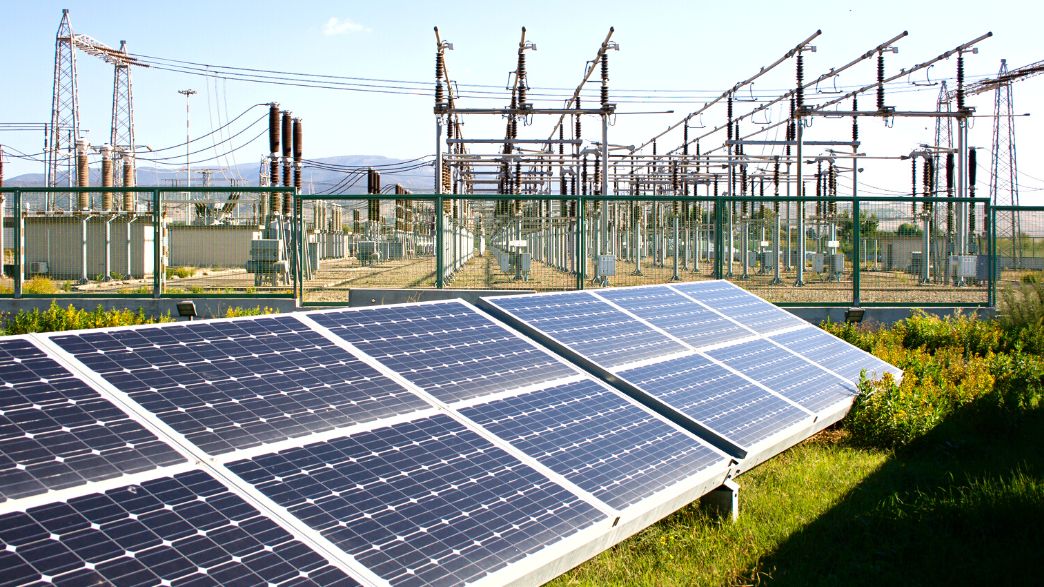As a highlight, PDE 2032 foresees a 37% reduction in Brazilian GHG emissions by 2025 and a 50% reduction by 2030, with 2005 as the base year.
The 2032 Decennial Energy Expansion Plan indicates the perspectives of the energy sector’s expansion over the next ten years (2022-2032) within an integrated vision for the various energy sources.
According to the document, the most significant opportunities related to energy expansion in the next decade are related to resource optimization, better use of waste, and the development of infrastructure with sustainability and decarbonization mechanisms in project implementation.
Opportunities according to PDE 2032
The Energy and Environment notebook points out that the primary greenhouse gas mitigation strategy in the energy sector will occur through the expansion of renewable sources. The commitments made by Brazil to reduce emissions are: updating the Nationally Determined Contribution (NDC); global commitment to methane reductions, and guidelines for a national strategy for climate neutrality.
With the established commitments, the initiatives for development achievement are: the creation of a carbon market, promotion by the federal government for sustainable use of biogas and biomethane, the Zero Methane program, and a Recovery Plan for Reservoirs of Regularization of hydroelectric plants (PRR).
The main emissions mitigation strategy in the energy sector is to maintain a high share of renewable sources in the matrix to ensure that production emissions remain low. In 2021, the energy sector was responsible for only 18% of Brazilian emissions.
The guidelines for a national strategy for climate neutrality involve several measures. The first is to achieve a share between 45% and 50% of renewable energy in the Brazilian energy matrix by 2030.
Moreover, expanding the participation and consumption of biofuels is crucial, promoting the use of energy from waste and mainly reducing the carbon footprint in the oil and gas and biofuels sector. The best way is through the use of solid waste derived from agriculture, such as vinasse and sugarcane bagasse, domestic and industrial effluents, among others.
PDE 2032, in the electromobility notebook, also foresees some guidelines. One is to encourage the production and use of electric and hybrid vehicles in the country. After all, this type of vehicle is considered the future of transportation. In Brazil, the market is still small, both in production and sales.
But, according to the document, in the next decade, the electrification of road transport should intensify, with the licensing of new light and semi-light vehicles, reaching up to 20% electric and 15% hybrid. Last year, according to the Brazilian Electric Vehicle Association (ABVE), sales of electric light vehicles – hybrids and electric – increased by 41% compared to 2021.
The study takes into account consumer demand associated with the ESG commitments of large companies that have become more sustainable over the years. Moreover, efficiency improvements in this sector are necessary.
Regarding resource optimization and infrastructure, PDE focuses on hybridization of sources with existing projects, promoting photovoltaic solar generation in wind farms and hydroelectric reservoirs, in addition to sharing transmission systems to avoid new construction and reduce socio-environmental impacts.
Finally, for the oil sector, there is an expectation of improving the existing natural gas flow and transport infrastructure, prioritizing other products such as biomethane, for example, seeking to replace fossil fuels with renewables, with an increase in biogas, biodiesel, and other fuels derived from waste.
To learn more about decarbonization, read our content on the blog.

Comment